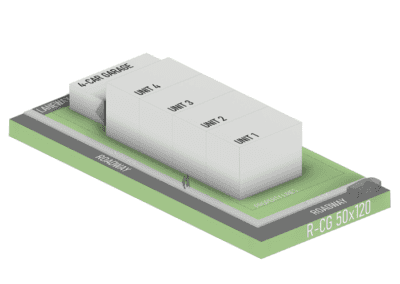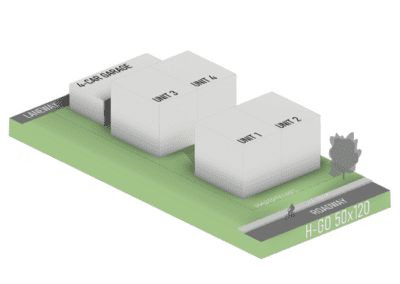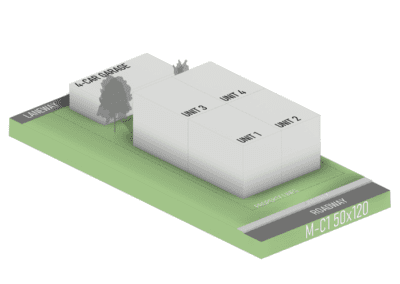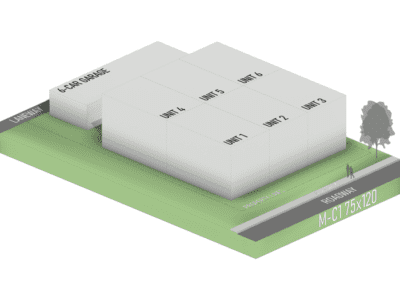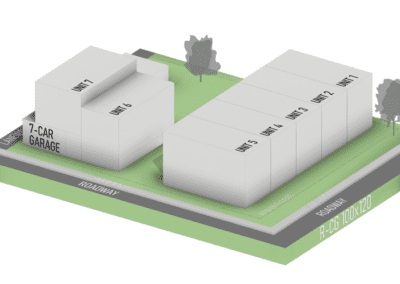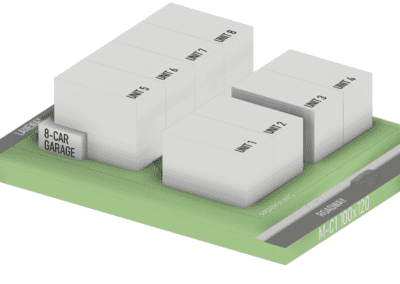Looking to Develop In The Inner City with R-CG or H-GO?
If you are a multi-family residential developer, an investor who is hoping to take advantage of the R-CG or new H-GO zoning bylaws, or a home builder looking to expand beyond single-family housing, Ellergodt design is here to assist in navigating the design, permitting, and development process following these bylaws. We have experience in low-density multi-family developments including row housing. View examples of our work and lot sizes below.
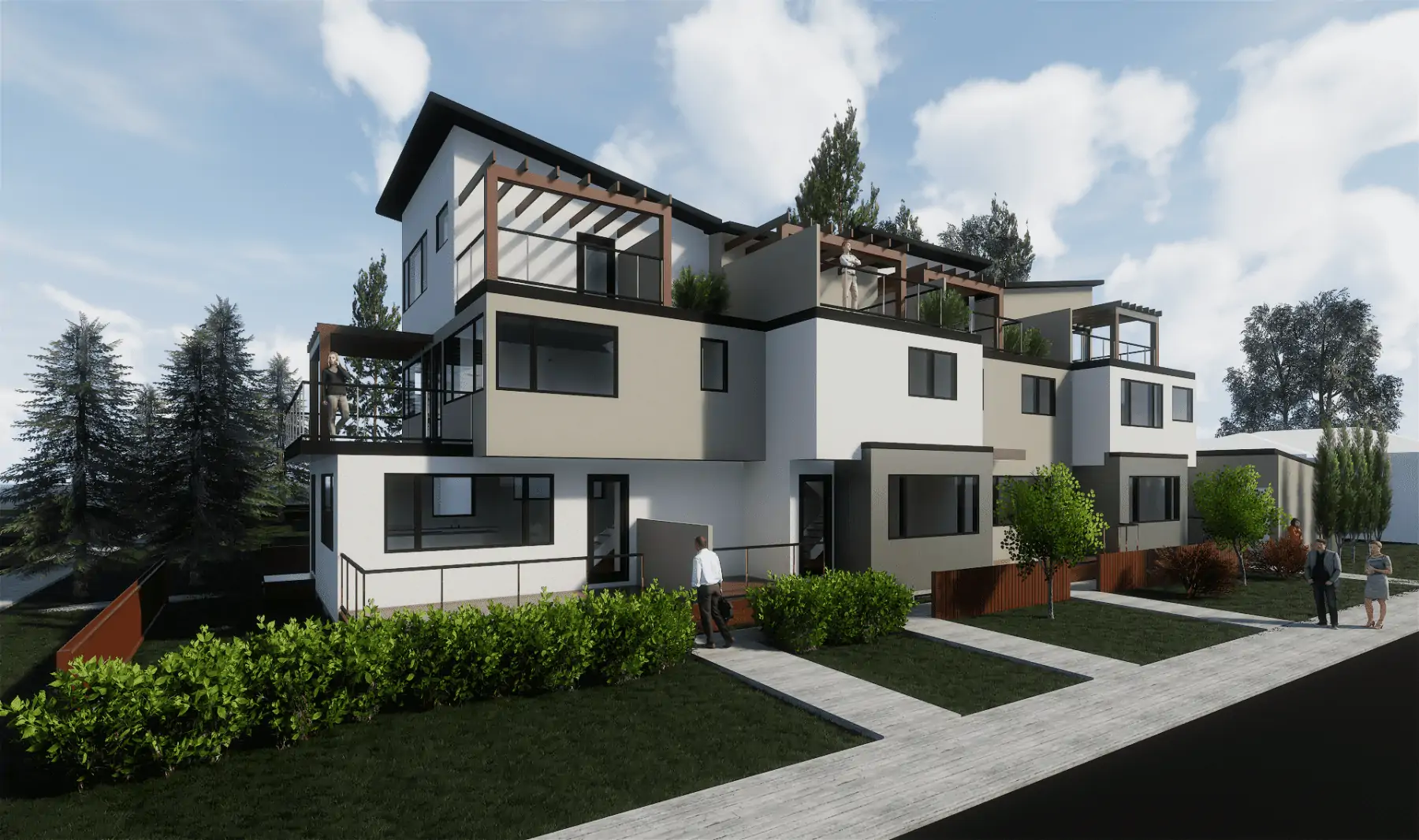
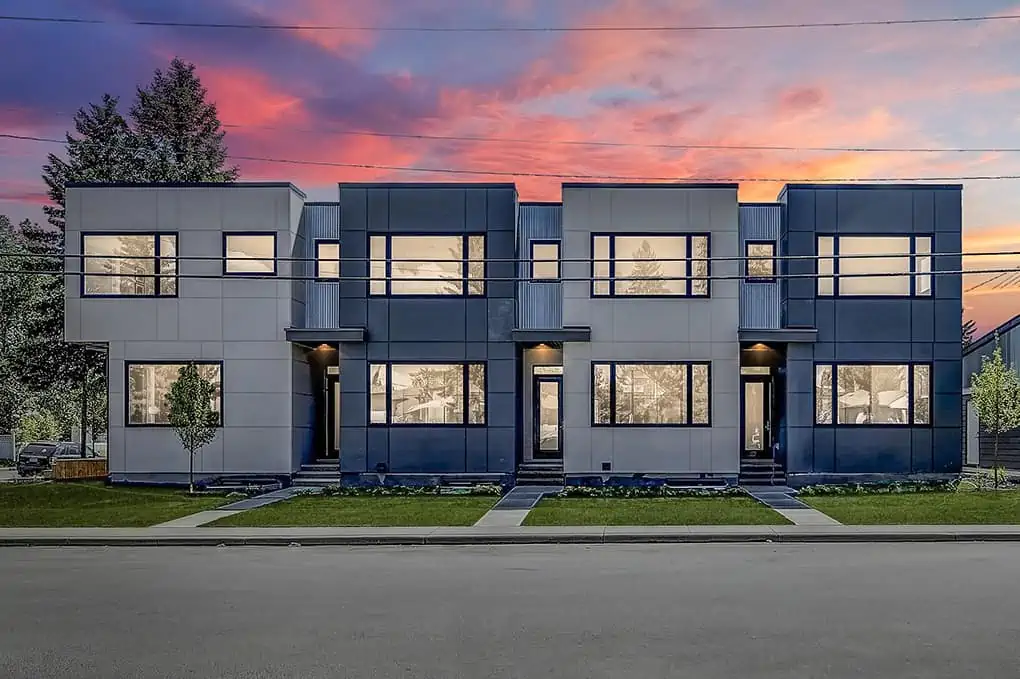
Ellergodt Design’s Experience With Row Housing
We have been designing low-density multi-family housing for over 10 years. As Calgary’s bylaws have been updated to accommodate more inner-city redevelopment, we have navigated the changes with the City and are here to help investors and builders understand what they can now do with their land.
Our team is highly creative and is inspired to design unique and interesting developments. We have a diverse experience in residential design ranging from custom homes to renovations to multi-family developments. This depth of experience allows us to think outside of the box when it comes to design, while working within the complex constraints of the bylaw and National Building Code.
H-GO Lot Sizes & Use Cases
50 x 120 Lots
This is the most common lot size we recommend developing as it typically offers development opportunities that include up to 4 units with 4 basement suites.
(Click the images below to see full size)
75 x 120 Lots
The additional 25ft in this lot size allows for either additional units to be accounted for or additional square footage per unit. Expect to see up to 4-6 units with 4-6 basement suites.
(Click the images below to see full size)
100 x 120 Lots
Offering the most flexibility, lots of this size and larger are highly desirable for low-density multi-family developments. The additional size can be used to create up to 8 units with 8 basement suites or expanding square footage per unit to create a spacious living environment. Additional parking and landscape usage can also be factored in to increase creativity and potential.
(Click the images below to see full size)
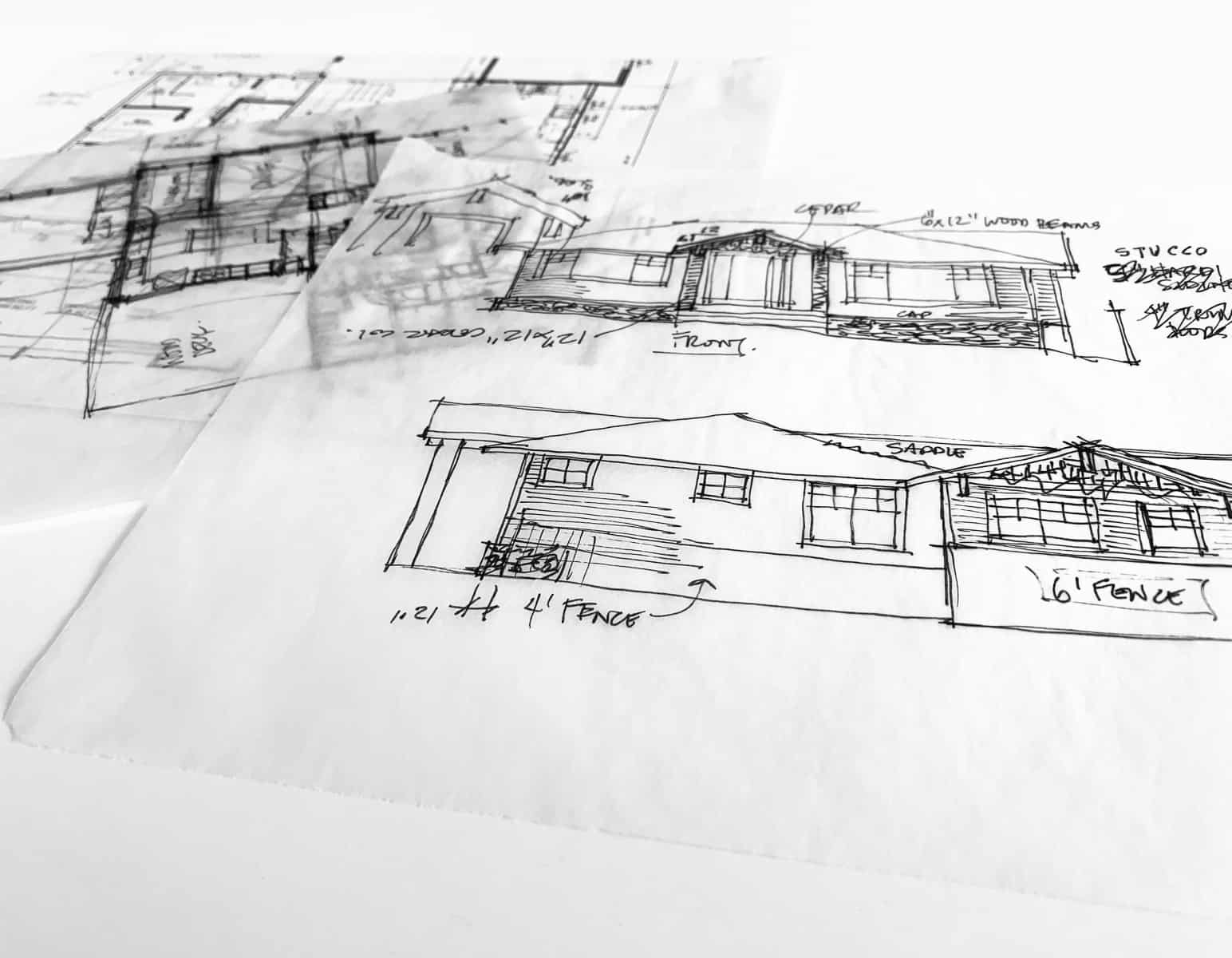
Working With Ellergodt Design
Our team of highly experienced and talented designers are passionate about helping our clients get the most out of their properties.
Reach out to us to set up a no-obligation meeting and see if we are the right fit for you.
R-CG & H-GO Zoning FAQs
Residential Design is the roadmap for any home build, so choosing the right design team is imperative for a successful project.
At our full-service, award-winning design firm, we simplify the residential design process by tailoring our approach to meet the unique needs of every client. At every phase of your project, from concept through to completion – we are there for you.

